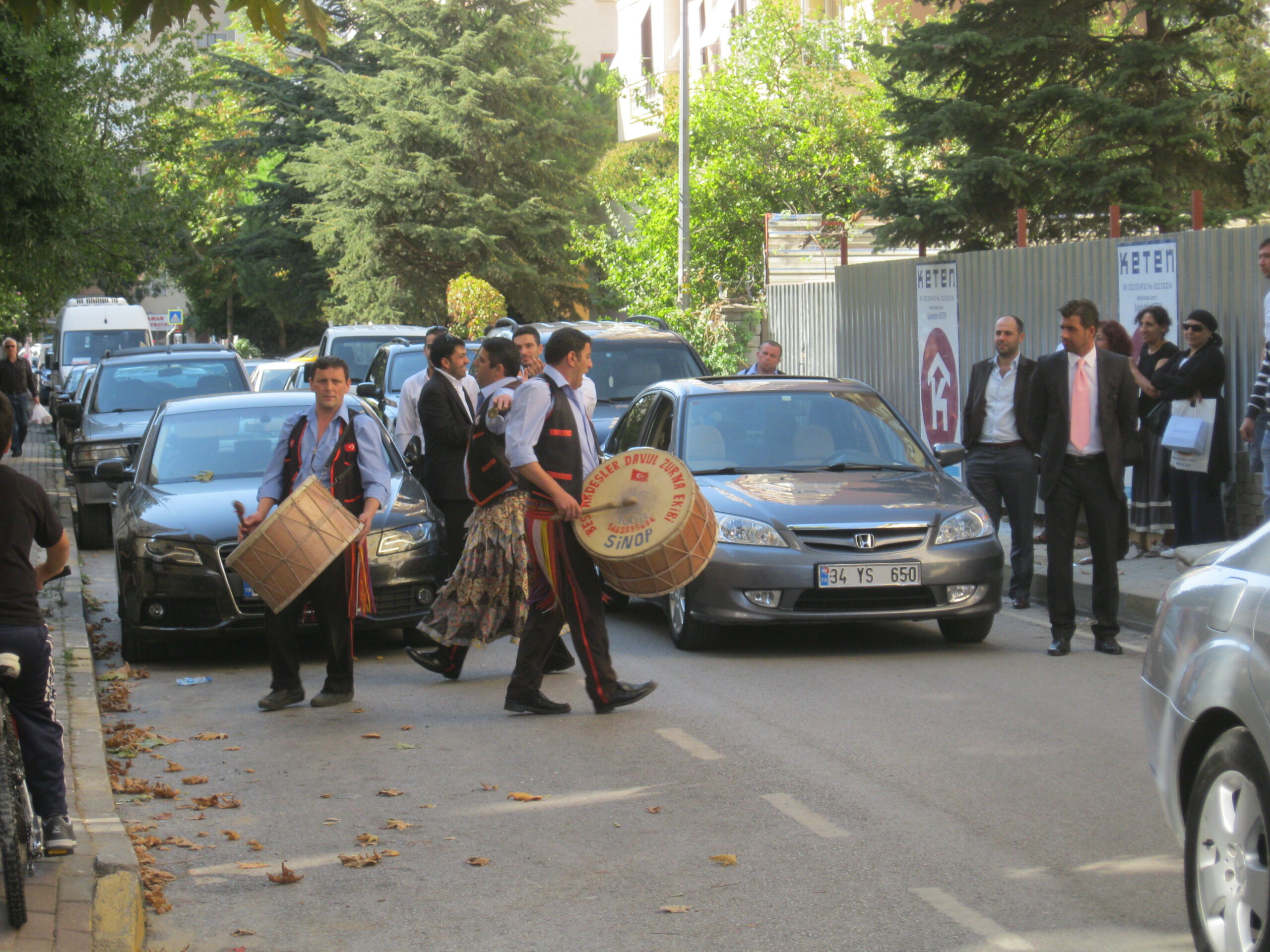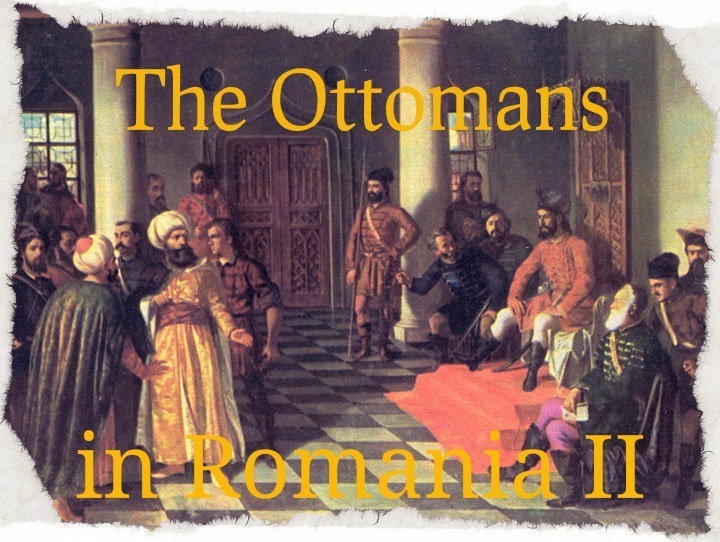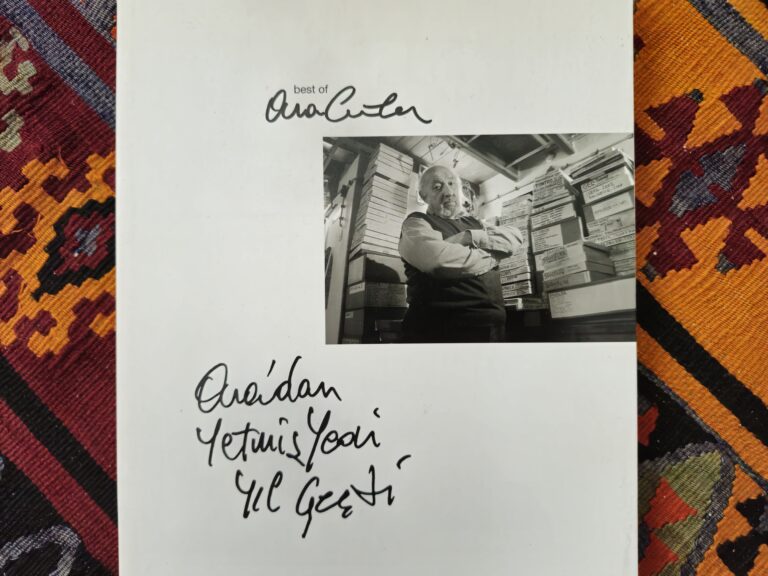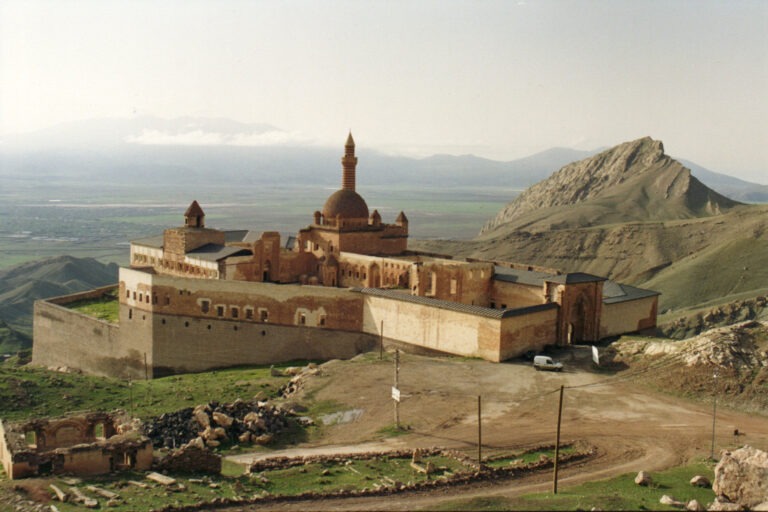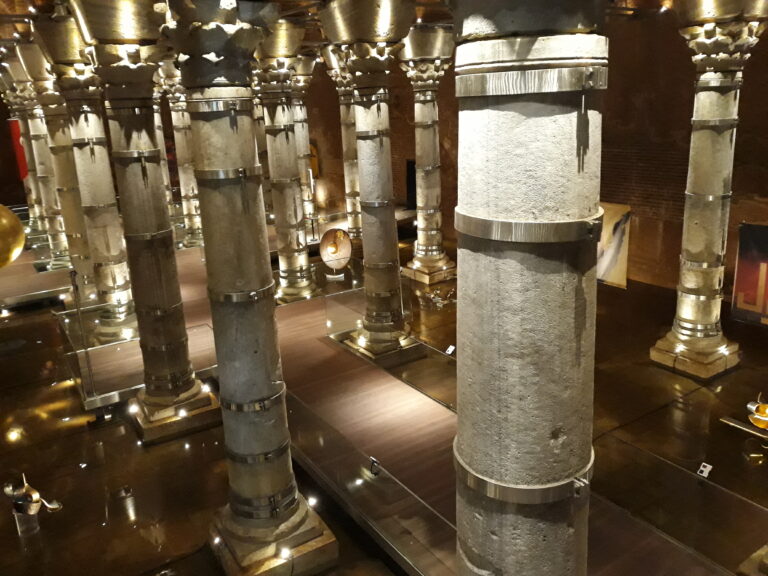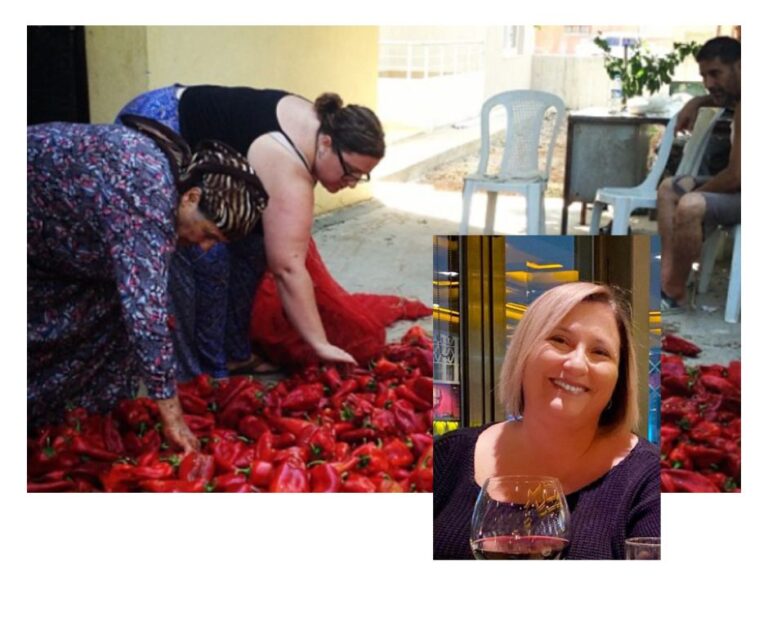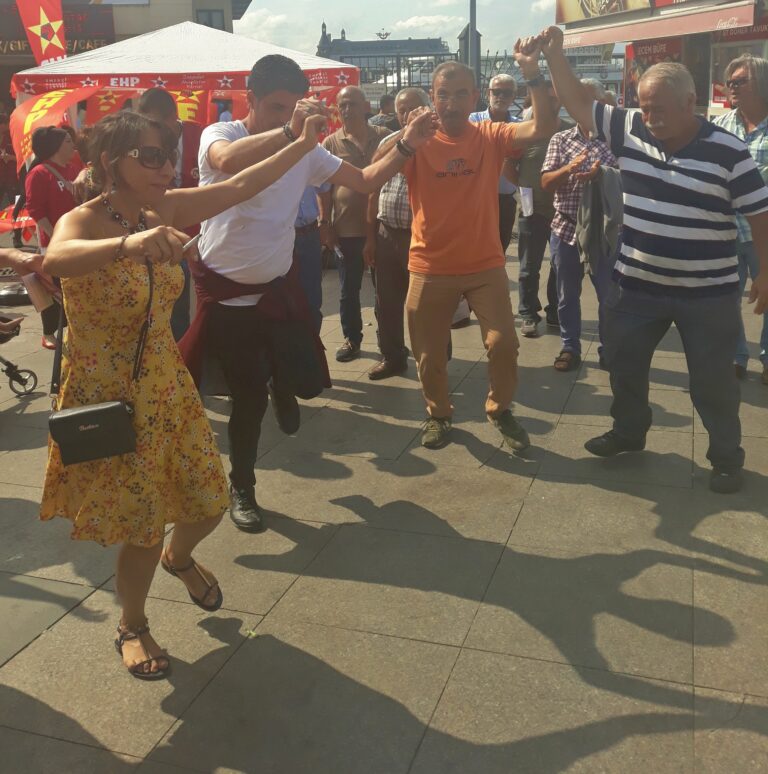Kocek Dancers from the Black Sea
The following is an excerpt about Kocek Dancers from my first collection of stories.
One Saturday last summer I was on the phone chatting with my 94 year old auntie in Australia. She and I love to talk and can do so for hours but this time I was distracted. The sound of drumming was coming from outside my window. At first the noise was muffled and indistinct but by the time I hung up it was almost deafening. I was confused. Ramazan had finished the previous month so it couldn’t be that. Besides, the Ramazan drummers only came in the early hours of the morning to wake every one up for sahur, the meal before dawn. Now it was the middle of the day and I had no idea what was going on.
I looked out the window and to my amazement saw two men spinning and whirling around in the middle of the street wearing long colourful skirts. They were accompanied by another two men beating time on large davul, traditionaldrums covered in goat skin. As the dancers wove in and out of a circle of onlookers the drummers swooped and bowed in time with the music.
Grabbing my camera I ran downstairs and joined Selim the waterman, Huseyin the tailor and Kamil our kapıcı, or doorman. They were watching the dancers in the company of the other kapıcı from our street, all of them smoking and chatting amongst themselves. When I eagerly asked about the skirt-wearing men, everyone was highly amused at how excited I was. Laughing kindly at my question Selim informed me they were Kocek dancers from Sinop in the Black Sea region of Turkey and were here to help celebrate a wedding.
Soon after the bride came out of the building two doors down from mine, a solid girl wrapped in metres of white satin, flanked by stout matrons in tight, shiny mother-of-the-bride cocktail dresses attended by young girls fluttering around them like butterflies dressed in brightly coloured concoctions of tulle and lace. Although now more generally associated with folk dancing and wedding celebrations, the tradition of male dancers, or rakkas as they are called in Turkish, from the word raks meaning to dance, dates back to the seventeenth century.
What are kocek dancers?
Historians say there were two different kinds of rakkas, called tavsan oğlan and köçek. A tavsan oğlan, literally meaning ‘rabbit boy’, wore a stylish hat and tight pants, while köçek (the kocek dancers_ had long curly hair and wore women’s clothes. Both performed at weddings in the past when strict gender segregation was applied to festivities, with men and women celebrating separately. They also performed at feasts, festivals and in the presence of the sultans. The majority of the rabbit boys are believed to have originated from non-Muslim societies living on islands in the Aegean and Marmara regions.
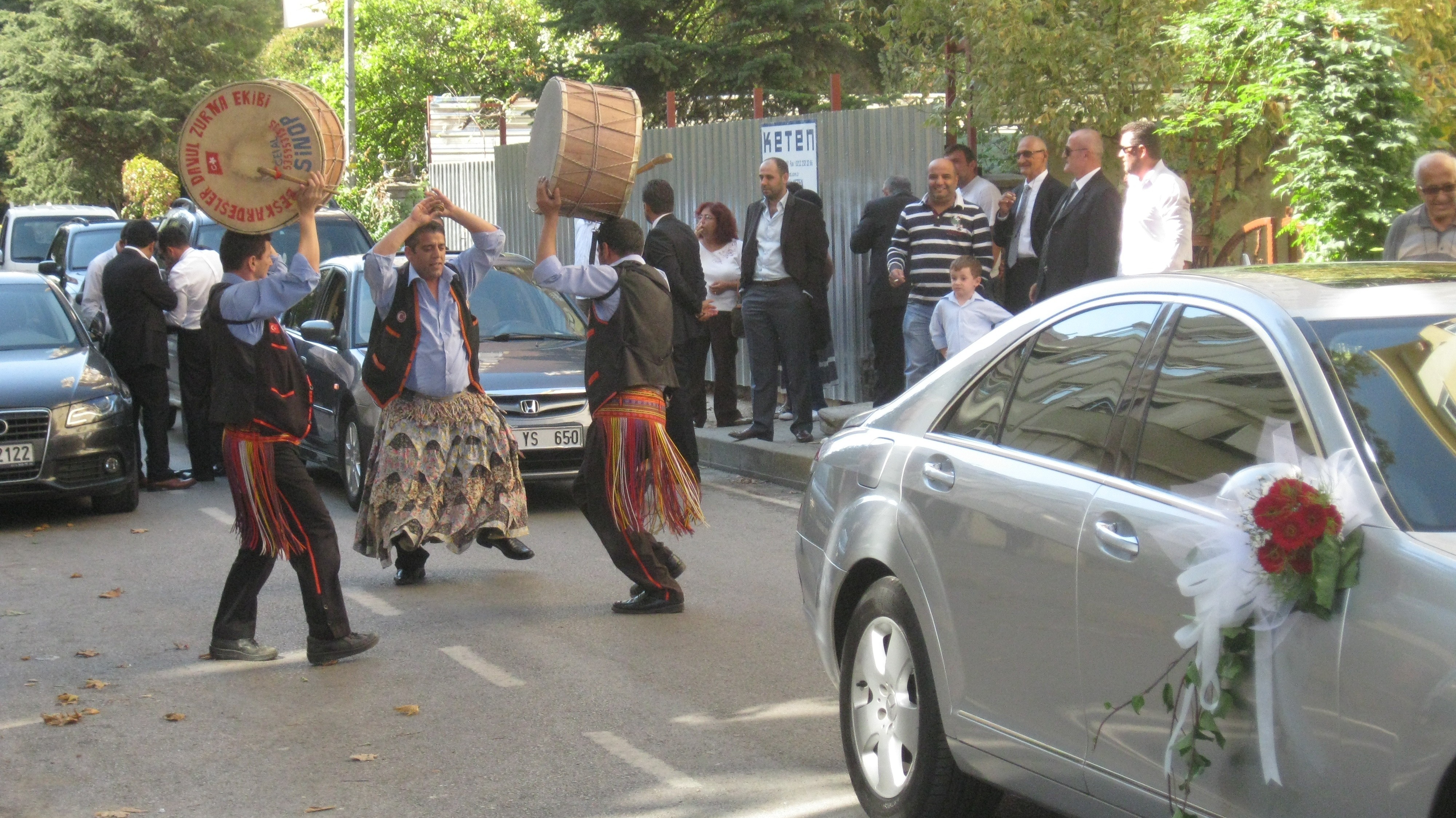
Little else is known of them, in contrast to the well-documented history of the kocek dancers. Originally sponsored by Ottoman sultans, pretty boys around the ages of seven or eight were chosen from non-Muslim populations across the vast Turkish Empire to be schooled in the art of dance. Muslims were forbidden to work as dancers during this era. The children trained for around six years before beginning to perform as fully fledged köçek .. .”
You can find out more about kocek dancers by reading the full version of “Dancing in the Streets” in the 2nd edition of my book Inside Out In Istanbul: Making Sense of the City
